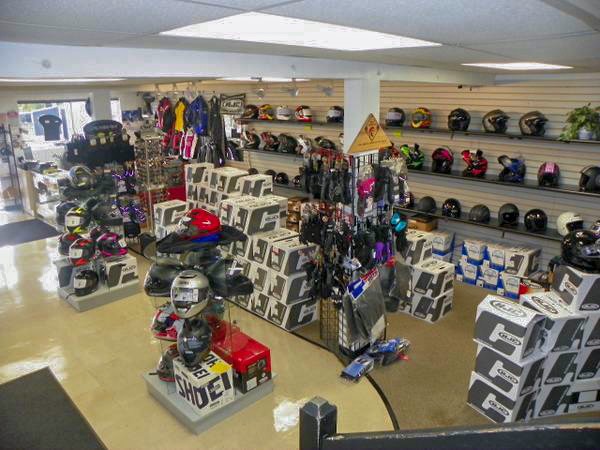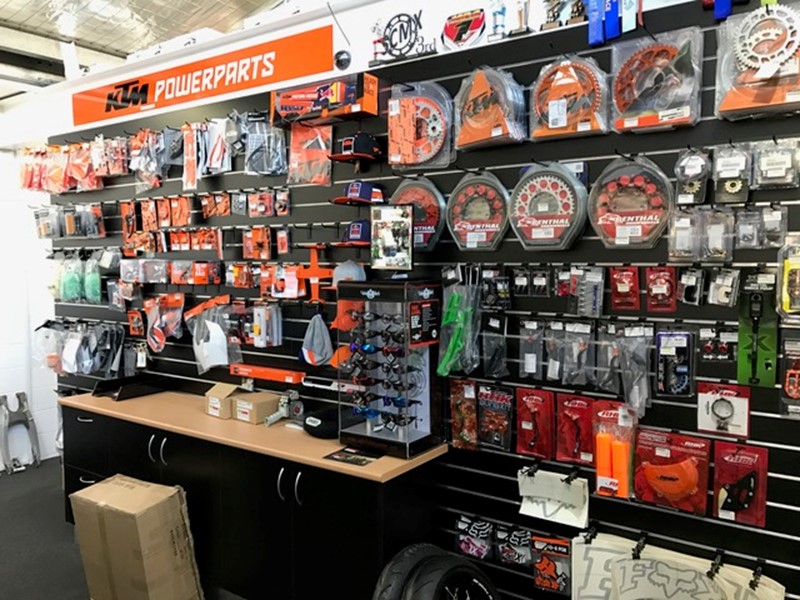Discover the Latest Motocross Gear NZ for Every Level of Rider
Discover the Latest Motocross Gear NZ for Every Level of Rider
Blog Article
Recognizing the Crucial Parts of a Motorcycle: A Comprehensive Overview for Lovers
For motorcycle enthusiasts aiming to raise their riding experience and ensure their bikes run efficiently, comprehending the necessary elements of a bike is extremely important. Each element, from the engine's detailed functions to the crucial role of the stopping systems, not only affects performance yet also safety and security and comfort. This overview will go through the fundamental components that every rider must know with, making it possible for notified choices in both maintenance and possible upgrades. As we begin this expedition, one must ask: just how does each element interact to develop the smooth ride every enthusiast seeks?
Engine Parts

The camshaft plays a vital duty in controlling the timing of the engine's shutoffs, making certain the accurate opening and closing required for efficient fuel and air intake, along with exhaust expulsion. This timing is vital to maintaining ideal engine efficiency and performance. Additionally, the carburetor or fuel shot system, depending upon the motorbike design, is accountable for mixing air with gas in the correct ratio for burning.
The cooling system, either air or liquid-based, functions to maintain the engine's temperature within functional restrictions, avoiding getting too hot and guaranteeing long life - mx gear nz. Each part, thoroughly created and incorporated, adds to the smooth operation of the engine, specifying the motorbike's power output and general performance
Transmission System
Important to the motorcycle's functionality, the transmission system makes sure effective power transfer from the engine to the wheels. This system comprises a number of essential components, consisting of the clutch, transmission, and final drive, each playing an essential role in translating the engine's power into activity. The clutch, commonly run by a hand bar, serves to engage and disengage the engine from the transmission, enabling for smooth equipment changes and regulated acceleration.
The transmission, typically described as the transmission correct, includes a set of gears that motorcyclists can manually shift via to readjust the bike's speed and torque outcome. These gears are arranged in a series that makes it possible for the motorbike to increase efficiently and preserve ideal engine performance across numerous rates. Most motorbikes utilize a consecutive gearbox, calling for the cyclist to change equipments in an established order.
Braking Mechanisms
While understanding the transmission system is essential to taking advantage of a bike's power, just as vital is the ability to manage and stop that power properly, which is where braking mechanisms enter play. Brakes are essential for safety and efficiency, supplying the rider with the necessary control to navigate numerous surfaces and problems. Normally, motorbikes feature two kinds of braking systems: disc brakes and drum brakes.
Disc brakes are extra prevalent in modern motorcycles due to their premium performance. This system uses far better heat dissipation, constant efficiency, and boosted stopping power, especially in damp problems.
On the other hand, drum brakes, though less usual, are still discovered in some bikes. They function by pressing brake shoes versus the internal surface area of a drum connected to the wheel. While typically less effective in warmth dissipation and stopping power, drum brakes are easier and much more cost-effective.
Comprehending these stopping systems' nuances permits riders to maintain their motorcycles appropriately and appreciate the engineering that makes sure reliable and secure quiting.
Suspension and Guiding
Suspension and steering systems are important components that substantially affect a motorcycle's handling and adventure convenience. The shock absorber, including forks at the front and shock absorbers at the rear, takes in roadway abnormalities, enhancing stability and control. Front forks, normally telescopic or inverted, compress and rebound to reduce impacts, while rear shock absorbers preserve tire call with the roadway, crucial for grip and security.
Steering, centered around the handlebars, attaches the rider to the bike's directional control. The steering head bearings make sure smooth operation, enabling exact maneuverability. Proper placement and upkeep of these bearings are crucial for predictable steering response and reducing cyclist exhaustion.
The suspension's adjustability is an additional essential element; preload, damping, and rebound setups allow modification to fit various riding styles and conditions. This versatility is vital for enhancing efficiency, whether navigating city streets or taking on sturdy routes. Advancements like electronic shock absorber use real-time modifications, boosting adventure quality across diverse terrains.

Electrical Solutions
After making certain a smooth and regulated adventure through reliable suspension and guiding systems, attention turns to the electric systems, a our website crucial facet of modern motorbikes. These systems play a critical function not just in starting the engine but likewise in powering different components that improve the capability and safety of the motorbike.
At the heart of a motorbike's electrical system is the battery, which shops electric energy required for beginning the engine and powering auxiliary systems - mx gear nz. The alternator or generator, combined with the rectifier-regulator, makes sure the battery stays charged while the motorbike is in procedure, converting mechanical energy into electrical power and keeping voltage degrees
The ignition system, another crucial part, is in charge of firing up the air-fuel mixture in the engine's cylinders. Modern bikes frequently use an electronic ignition system, supplying higher effectiveness and reliability contrasted to conventional systems.
Lighting systems, including headlights, tail lights, and indicators, are also important, guaranteeing exposure and safety for the biker. Additional electronic components such as sensors, control systems, and presents add to innovative features like fuel shot management, anti-lock braking systems (ABDOMINAL MUSCLE), and electronic control panels, even more boosting the riding experience.
Conclusion
A comprehensive understanding of a bike's necessary components, including the engine, transmission system, stopping mechanisms, suspension, steering, and electric systems, is important for enthusiasts intending to maximize security, hi vis riding jacket convenience, and efficiency. Proficiency of these aspects permits for educated choices pertaining to maintenance and upgrades, inevitably boosting the riding experience. By incorporating this knowledge, bikers can guarantee their motorcycles run at peak performance and integrity, thus taking full advantage of both satisfaction and long life of their lorries.
For bike fanatics looking to raise their riding experience and guarantee their bikes run smoothly, recognizing the important parts of a bike is paramount.Integral to the motorbike's capability, the transmission system guarantees reliable power transfer from the engine to the wheels.While understanding the transmission system is key to harnessing a motorcycle's power, equally crucial is the ability to manage and stop that power efficiently, which is where stopping systems come into play. Usually, motorcycles feature 2 types of motorcycle clutch cable stopping systems: disc brakes and drum brakes.
A comprehensive understanding of a motorcycle's crucial components, including the engine, transmission system, braking systems, suspension, steering, and electric systems, is essential for enthusiasts aiming to enhance convenience, efficiency, and safety.
Report this page